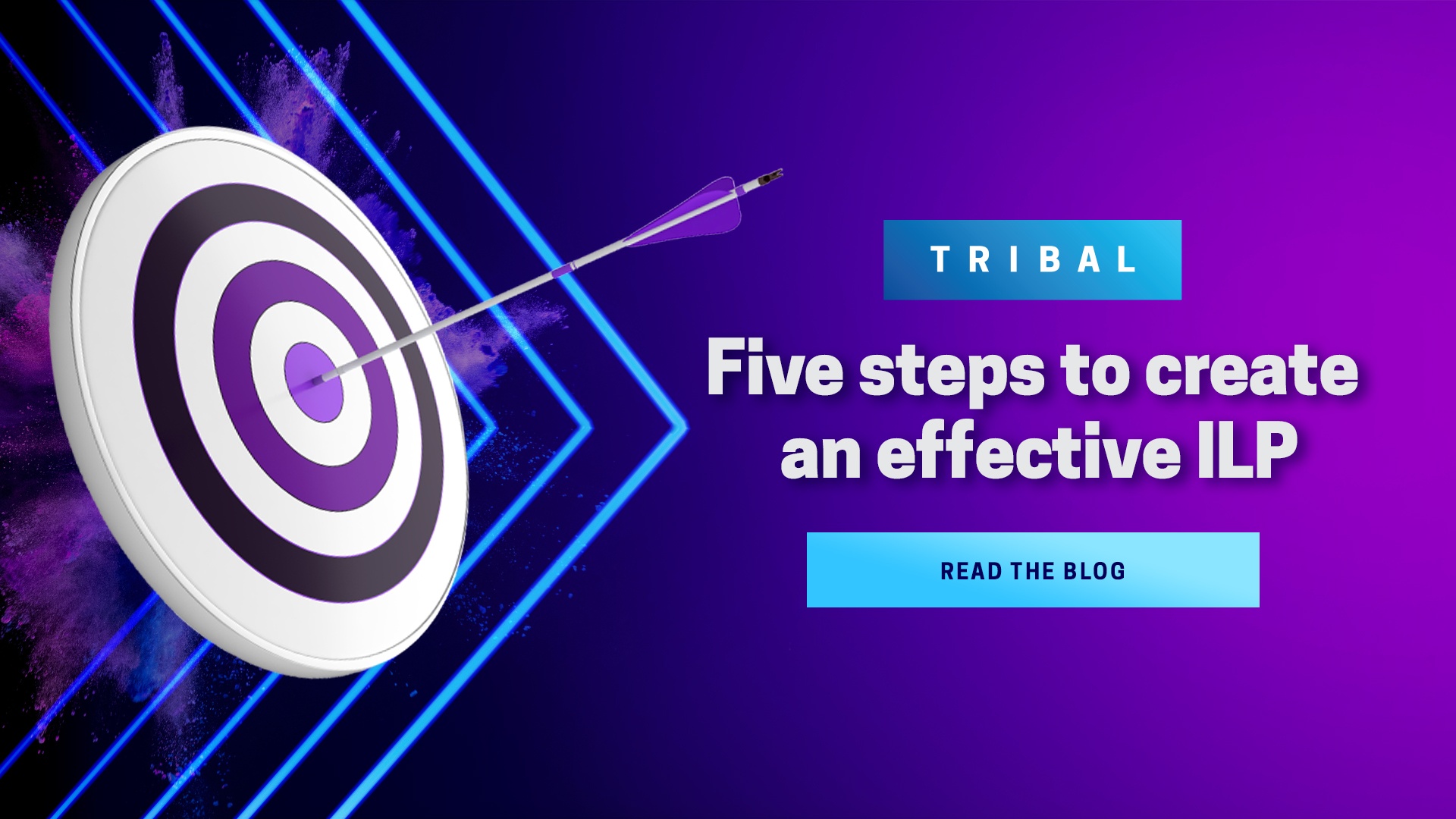What does ILP mean in education?
ILP stands for individual learning plan or individualised learning plan. ILPs define a learner’s academic, personal, and employment goals. They separate these goals into individual targets, accompanied by reviews – the educational equivalent of professional appraisals.
What is the purpose of an individual learning plan?
With around one and a half million learners annually, from learning independence to independent study, every learner in further education has a unique reason to be there. An ILP helps learners and their institution understand what success looks like and how to achieve it.
In this blog, we’ll help you understand what an ILP is and how setting targets can support learners, build learning skills, and establish a feedback culture. We’ll also cover some of the best methods for constructing ambitious, achievable targets and understanding how learners motivate themselves.
Benefits of individual learning plans
ILPs help give every learner an equal starting point. Traditionally, learners do better if they come from a family with a strong academic background because they have support to understand the expectations, pace, standards, and even the cultural norms of educational institutions. Further education more than any other area serves learners who don’t have this advantage; making the expectations explicit helps to ensure every learner can succeed.
It’s no coincidence that Ofsted looks for evidence that learners understand and can clearly explain their objectives. Along with clear, consistent marking feedback and evidence that learners understand how to keep themselves safe, it’s often the core of an inspection report.
‘Inspectors will consider how well leaders and teachers promote high expectations for achievement and progress through the systems they use to monitor and develop the quality of provision for learners, including the most disadvantaged, those with SEND and those with high needs.’
(Guidance from the Further education and skills handbook, Part two: 217)
The importance of setting targets
So why do targets matter? FE learners are often learning for employment: whether their course is vocational or academic, they don’t expect to pursue further learning. This period of learning is their last opportunity to develop the kinds of soft skills that employers value: timekeeping, self-led learning, interpersonal skills, and communications skills. Those professional habits will enable them to find and retain work, develop resilience, and adapt when their industry changes.
Learners know the importance of these skills. In our user research sessions, FE learners from a variety of courses told us they worry about being employable, being able to manage their time and workload, and developing professional communication.
Having an eye on their goals can also help keep learners attending, especially during pain points – during exam periods, over the festive season, and after work placements – when learners need a reminder of why they are putting in the work. Learners told us their end goals mattered more than a specific grade or qualification, especially in general FE colleges.
How to set targets for your learners
Get started setting targets
- When you’re setting targets, think about it as one step in their success. Try building in good learning habits, so they become unconscious over time and the learner can focus on more ambitious outcomes.
- We like the FAST format, developed by MIT: goals should be frequently discussed, actionable, specific, and timely. It’s a little more comfortable for learners than the ever-popular SMART, and really puts the emphasis on centering the target in their day-to-day lives, making sure it is appropriate to the learner and their ambitions.
- Start with short deadlines, so they aren’t forgotten. You want to establish having and completing targets as the norm, so keep them coming!
- Invite feedback. Every staff member who works with a learner will see opportunities for them, so make sure it’s easy for all staff to add targets and to complete them. Creating a community of learning helps to normalise the experience of receiving and responding to feedback – another skill that’s vital for work.
- Frame learners in positivity: celebrate the exceeded targets; note the missed ones and move on. It’s easy to revisit objectives in the future. If learners regularly miss either a level (grade, mark, outcome) or a deadline, think about whether they need to develop a specific habit first. Do they complete a draft, study with friends, or have an opportunity to practice? ILPs exist to build a learner’s ability to succeed, so they should serve the learner at every stage.
How to create individual learning plans
Where to start
Start by creating your first plans for a small subset of your learners. This often works well at the extremes of your intake: learners who are ambitious, informed, and academic will already have a good idea of their targets and what they’re working toward. In contrast, entry-level learners might not have specific academic goals, but need support to develop useful habits and skills.
Remember that individual learner plans should be unique to the learner, so if you’re creating targets for a whole class, group or cohort, plan in time to add personal targets and invite learners to do the same. You may well find that this also creates an opportunity for the learner to connect with a tutor, a relationship that can help keep them engaged with the course.
For more on effective goal-setting, read about micro-habits and how to scale up gradually (even when you feel like you’re winning).
TOPICS:
SHARE THIS ARTICLE:




